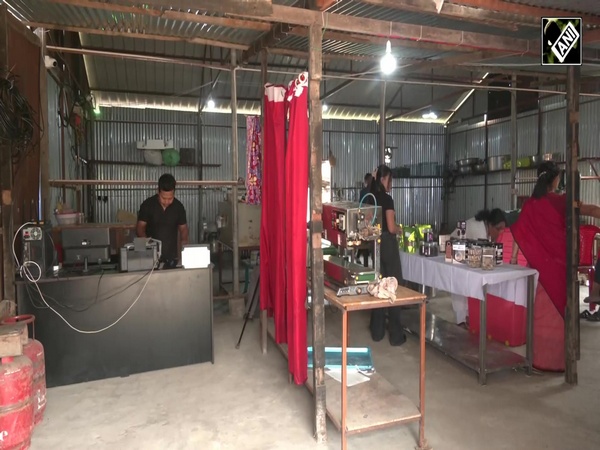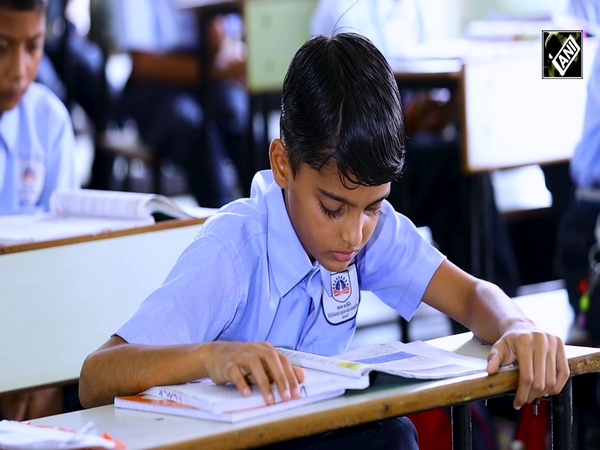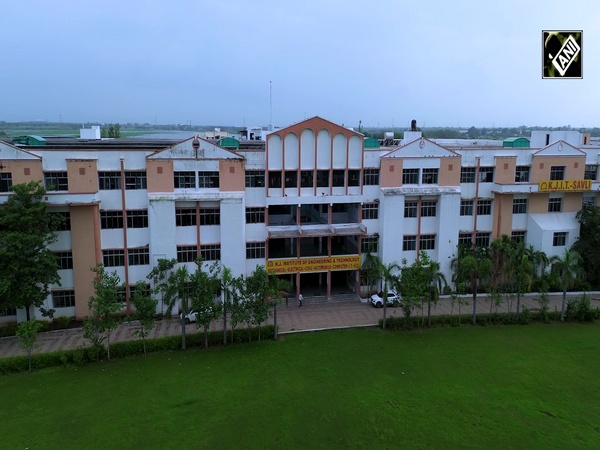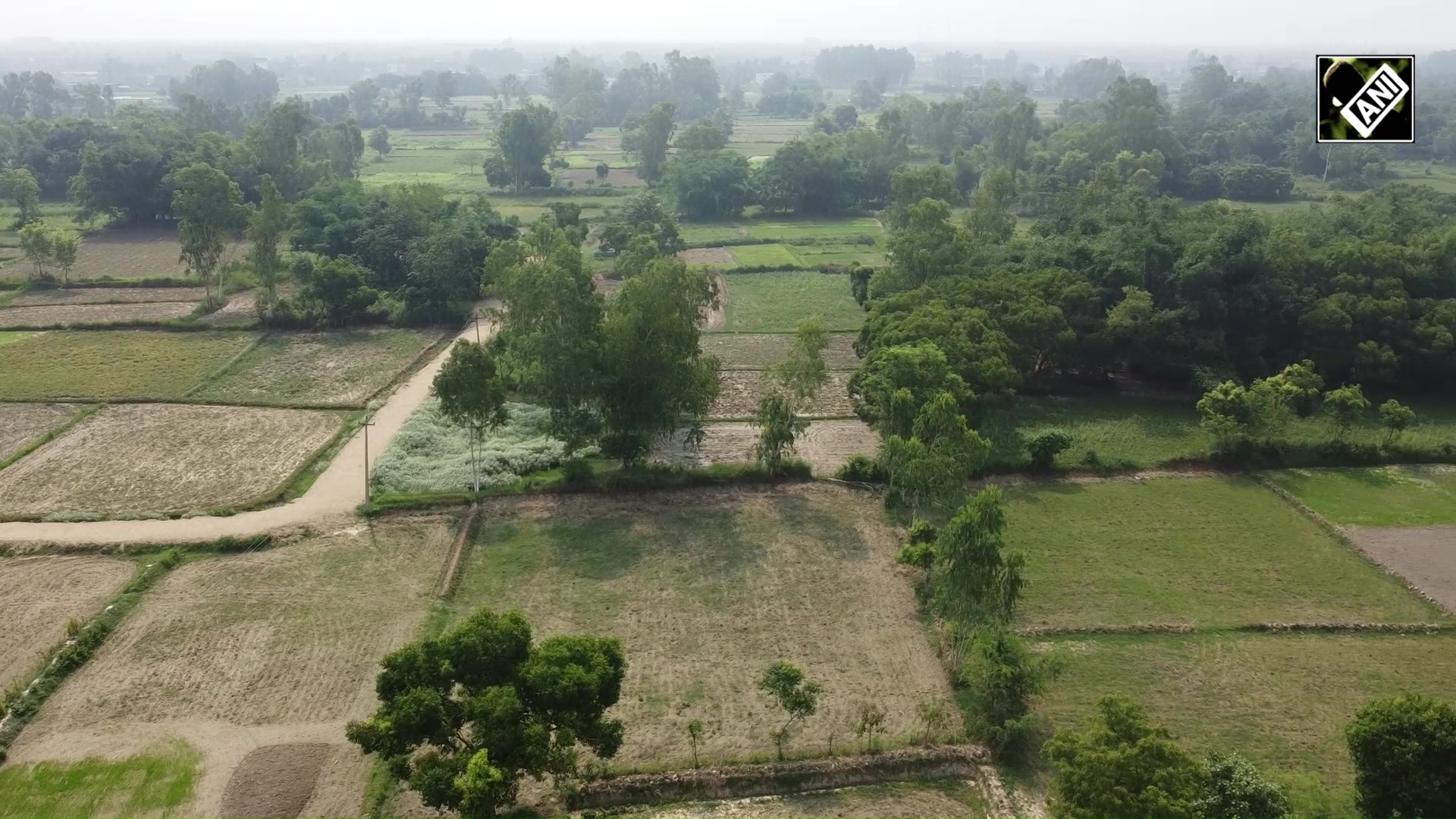Pakistan: Urban-rural disparity continues despite a fall in Infant Mortality Rate
Apr 15, 2022

Islamabad [Pakistan], April 15 : Pakistan's latest demographic survey shows a brief downswing in Infant Mortality Rate (IMR) in all regions, indicating the socio-economic conditions, cultural factors, and the status of hygiene and utilisation of medical services in the country.
The survey showed on Thursday that, the infant mortality rate (IMR) has been declining in the country over the past few years, but a marked disparity remains between rural and urban areas still persists with the number of deaths per 1,000 live births of children under one year of age -- currently standing at 56, according to the Pakistan Demographic Survey 2020, as compared to 60 in 2018-19 and 62 in 2017-18, reported Dawn.
Mortality during the first year of life is divided into two main periods, i.e. neonatal mortality (occurring within the first month) and post-neonatal mortality (occurring during the remaining 11 months). This distinction is useful as the causes and the levels of mortality are quite different in these two periods. The age-specific death rate (ASDR) starts at a high peak immediately after birth, declines to a minimum value for the young age population (five to 14 years), rises gradually among the 40-44 age group and then jumps rapidly for the elderly, the report further explained.
The key findings of the latest demographic survey showed that the total fertility rate -- the average number of children that would be born to a woman over her lifetime -- was 3.7. However, the general fertility rate -- the number of births in a year per 1,000 women of childbearing ages (i.e. 15 to 44 years) --was 124. The rate was found higher in rural areas (59) than in urban areas (50), where better neonatal and postnatal facilities are available. In urban areas, the IMR was 48 in males and 51 in females, whereas in rural areas, the rate was 62 and 56, respectively quoted Dawn, citing sources.
The survey showed that the major cause of death in 2020 was majorly Neonatal conditions -- including birth asphyxia and birth trauma, neonatal sepsis and infections and preterm birth complications -- are mostly included in complications during pregnancy or delivery, postnatal complications and respiratory diseases.
The survey further briefed on how females have higher chances of surviving in all countries, with only a few exceptions. However, in the past, female life expectancy was lower than that of males in Pakistan. Moreover, overall life expectancy at birth was 65 years, which was 64.5 in males and life expectancy in females was 65.5. The sex ratio -- the ratio of males to females in a population -- was 103.
According to a UNICEF report published in 2018, Pakistan was named the riskiest country to be born in with 45.6 newborn babies dying out of every 1,000 births in 2016 as it is home to the highest newborn mortality rates in the world.
Even the Coronavirus inflicted mortality rates are higher in Pakistan than in the other parts of the world according to a study.


















